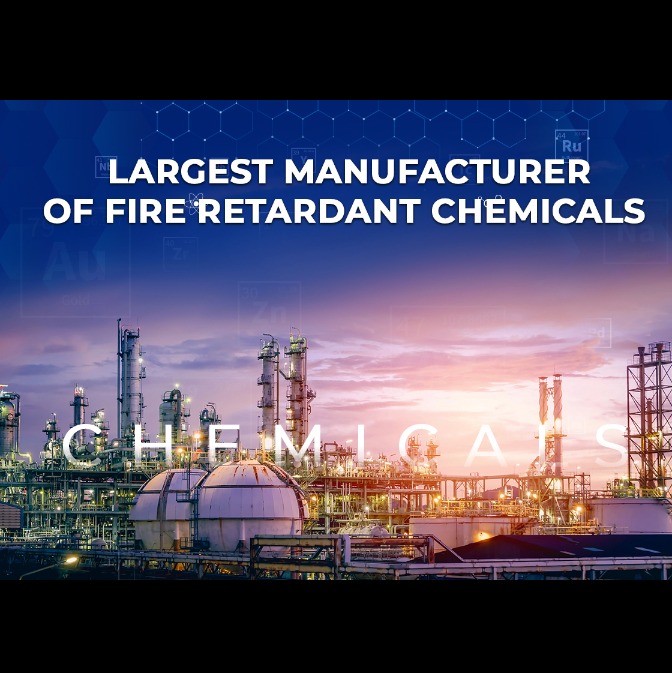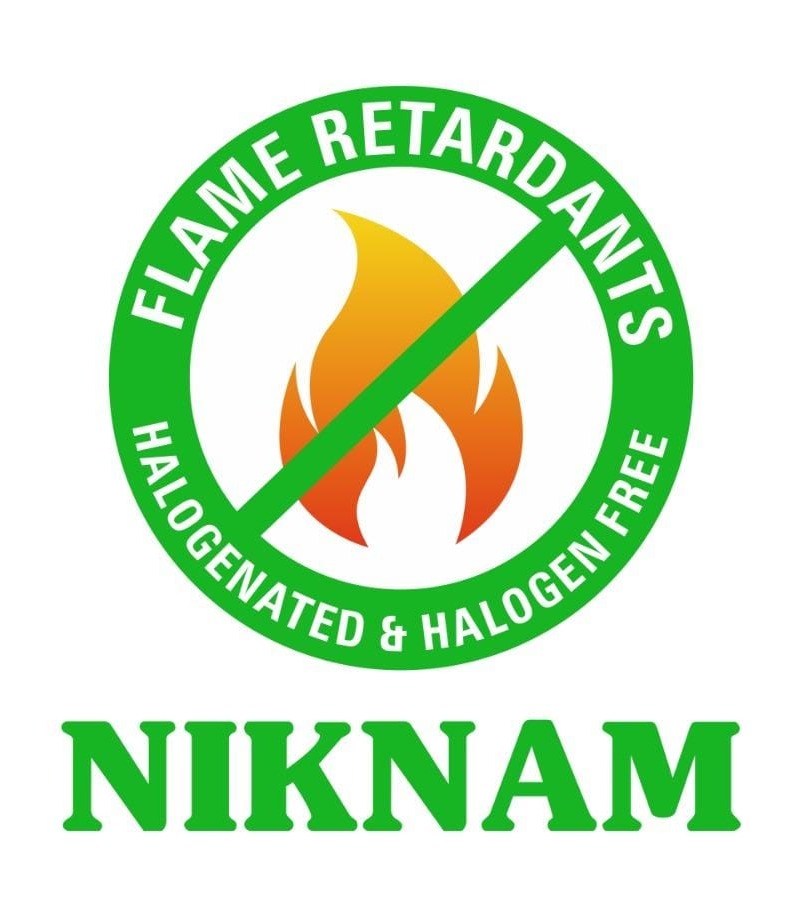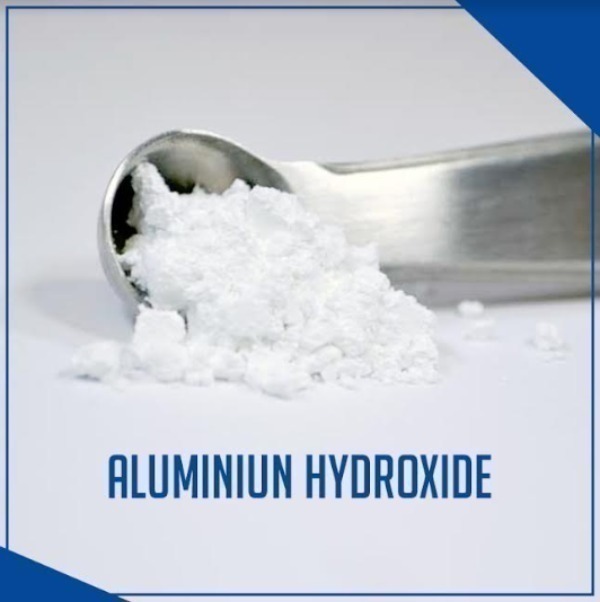
Flame retardant chemicals play a crucial role in numerous industries where fire safety is a paramount concern. One of the primary sectors that heavily rely on these chemicals is the construction and building industry. Here, flame retardant additives are incorporated into building materials such as insulation, coatings, paints, and carpets to enhance the fire resistance of structures. By doing so, they significantly reduce the risk of rapid fire propagation within buildings, ensuring the safety of occupants and minimizing potential property damage.
The electronics and electrical industry also extensively utilizes flame-retardant chemicals. With electronic devices becoming ubiquitous in our lives, the risk of fire incidents arising from overheating or electrical malfunctions is a significant concern. Flame retardants are applied to circuit boards, cables, and plastic housings to delay ignition and limit fire spread, making electronic products safer for consumers.
In the transportation sector, including automotive, aerospace, and railway industries, the implementation of flame retardant materials is of paramount importance. Flame retardant chemicals are employed in vehicle interiors, seats, carpets, and other components to ensure that fires, in the event of accidents, are slow to develop and do not propagate rapidly, thus providing more time for passengers to evacuate safely.
Textiles and apparel manufacturing industries also rely on flame retardant chemicals to enhance the fire resistance of their products. Curtains, upholstery, mattresses, and clothing in public spaces, hotels, and residential settings are often treated with flame retardants to minimize fire hazards and reduce the severity of potential fires, safeguarding lives and property.
The furniture and bedding industries, too, benefit significantly from the use of flame retardant chemicals. Foams, fabrics, and filling materials in furniture and mattresses are treated with these additives to comply with fire safety regulations and protect consumers from potential fire-related risks.
The aviation industry heavily relies on flame retardant materials as well. Aircraft components, cabin interiors, and seat cushions are often treated with flame retardant chemicals to meet stringent safety standards and reduce the likelihood of fire incidents during flight.
Moreover, flame retardant chemicals are extensively used in the production of various plastic products. Containers, packaging materials, and household items are treated to prevent rapid fire spread and mitigate the potential for fire-related accidents, particularly in industrial settings where flammable materials might be stored or handled.
In conclusion, flame retardant chemicals are of paramount importance in a wide range of industries. By incorporating these additives into various materials and products, these industries can significantly enhance fire safety, protect lives, and reduce property damage. However, it is crucial for manufacturers and regulators to strike a balance between fire safety and potential environmental and health impacts, ensuring that the use of flame retardants remains safe and sustainable in the long run.
Keywords
time
seats
Foams
event
lives
cables
paints
flight
hotels
balance
carpets
fabrics
ignition
Textiles
Curtains
clothing
severity
coatings
long run
occupants
aerospace
furniture
buildings
consumers
structures
insulation
wide range
regulators
passengers
upholstery
mattresses
automotive
likelihood
production
Containers
conclusion
overheating
electronics
crucial role
fire hazards
construction
manufacturers
public spaces
seat cushions
implementation
health impacts
circuit boards
fire incidents
fire resistance
primary sectors
potential fires
household items
cabin interiors
plastic housings
other components
Flame retardants
building industry
rapid fire spread
filling materials
aviation industry
various materials
paramount concern
vehicle interiors
electronic devices
building materials
bedding industries
railway industries
significant concern
electrical industry
electronic products
industrial settings
packaging materials
Aircraft components
numerous industries
paramount importance
residential settings
transportation sector
rapid fire propagation
fire-related accidents
fire safety regulations
potential environmental
electrical malfunctions
various plastic products
potential property damage
flame retardant additives
flame retardant materials
flame-retardant chemicals
Flame retardant chemicals
stringent safety standards
potential fire-related risks
apparel manufacturing industries



